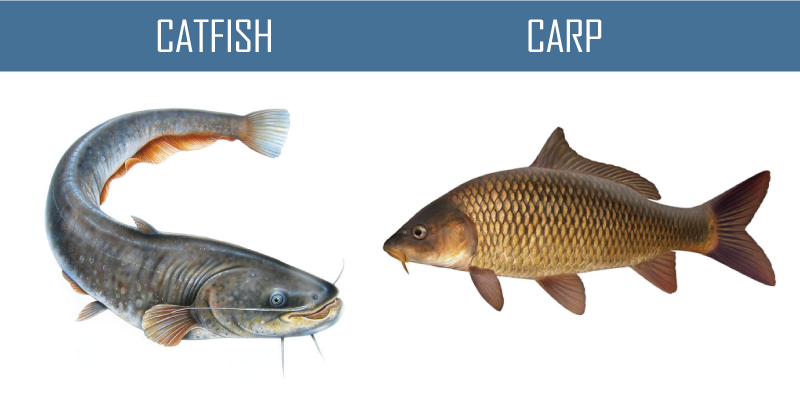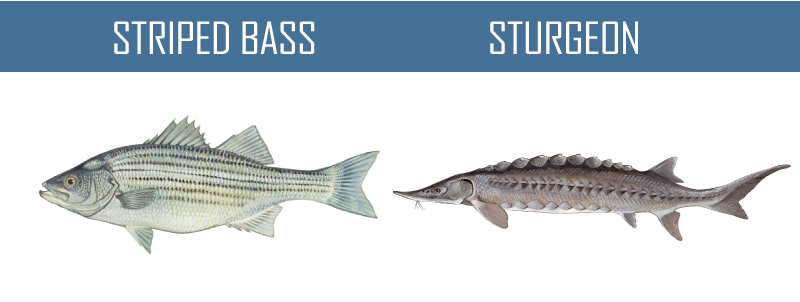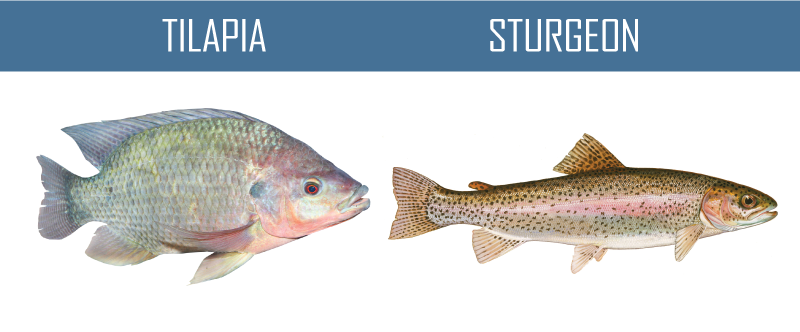In the United States fish hatcheries are classified into two types—extensive and intensive. Extensive hatcheries use large volumes of water to supply both the nutritional and environmental needs of the fish. This method allows for very little physical interaction between people and fish. Intensive hatcheries use small fish ponds or tanks, keeping the fish confined to smaller groups, where their nutritional needs are met by hand feeding, and their environmental needs are met with continuous exchanges of water in the pond. Extensive hatchery methods are used to rear warm water and cool-water species needing water temperatures 15°-27°C. Intensive hatcheries have traditionally been utilized for cold water species needing water temperatures 10°-16°C.
The most commonly known species of fish that conservation hatcheries breed are Trout, Tilapia, Salmon, Striped Bass, Sturgeon, Catfish, and Carp. They also provide support to native species of each State.




